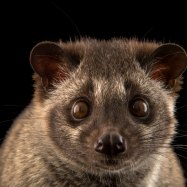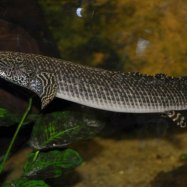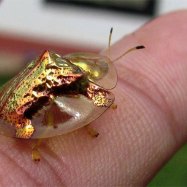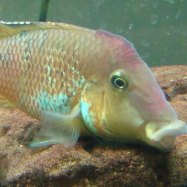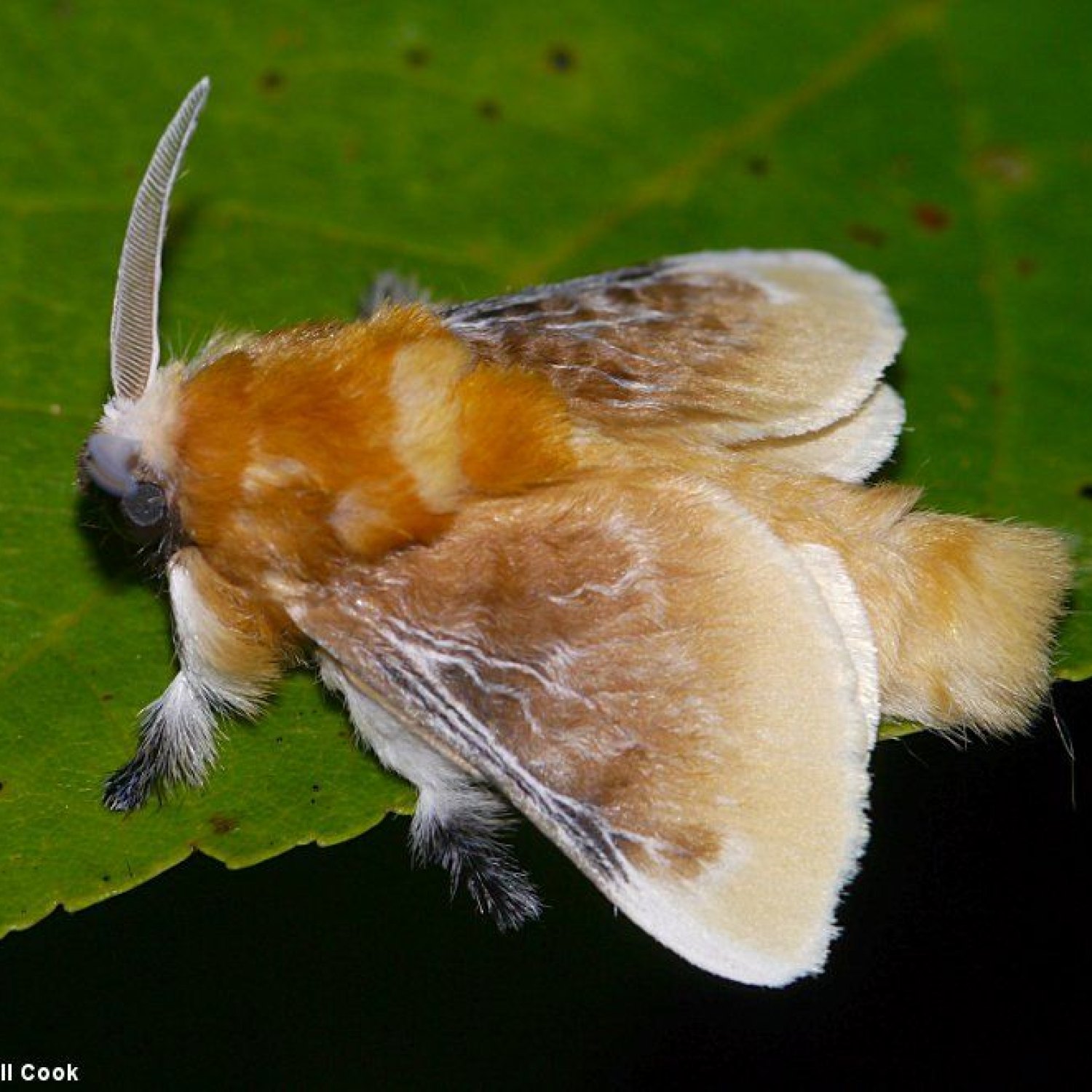
Southern Flannel Moth
1-1.5 inches (2.5-3.8 cm)
The Southern Flannel Moth, also known as the Puss Caterpillar, is a small and fluffy caterpillar found in southern and eastern regions of the United States and Mexico. It is part of the Megalopygidae family and can grow up to 1-1.5 inches (2.5-3.8 cm) in length. With its cute appearance, this insect can be easily mistaken for a harmless pet, but beware, its furry spines can cause a painful sting. Avoid touching this little critter if you come across it in the wild!
Animal Details Summary:
Common Name: Southern Flannel Moth
Kingdom: Animalia
Habitat: Forests, woodlands, gardens
Southern Flannel Moth: The Surprisingly Deceptive and Dangerous Soft-Furred Beauty
Meet the Southern Flannel Moth, also known as Megalopyge opercularis, a seemingly cute and harmless insect found in the southern and eastern regions of the United States and Mexico. With its soft, fluffy appearance, one may mistake it for a friendly, furry pet. However, this small and unassuming creature is far from harmless, holding the title of one of the most venomous caterpillars in the US. In this article, we will take a closer look at this curious insect and discover why it earns its nickname, the "toxic toupee Southern Flannel Moth."The Southern Flannel Moth, also referred to as the Puss Caterpillar, is a member of the Megalopygidae family, which comprises over 2000 different species of moths and butterflies in the Lepidoptera order. Despite its small size of 1-1.5 inches (2.5-3.8 cm), this insect has gained a lot of attention due to its intriguing appearance and potent defense mechanism.
Physical Characteristics
One of the most distinctive features of the Southern Flannel Moth is its soft, dense fur-like coat, which gives it a fluffy appearance. The "flannel" in its name refers to this unique covering, which can range in color from light yellow to dark brown. This fuzzy coat serves as a protective barrier for the caterpillar, keeping it hidden and safe from predators.The body shape of this moth is small and oval, with six short legs and a segmented, spine-covered abdomen Scarlet Kingsnake. The abdomen can often be seen raised in the air while the caterpillar is feeding, which is believed to be a defensive mechanism to ward off predators. The moth's body also has small, inconspicuous antennae and a pair of prolegs near the head, which helps it move and hold onto branches.
Habitat and Distribution
The Southern Flannel Moth can be found in a variety of habitats, including forests, woodlands, and gardens. They are most commonly found in the southern and eastern regions of the United States, such as Texas, Florida, and the Carolinas. They can also be found in Mexico, mainly in the northern states.These moths prefer to live and feed on a variety of trees, such as oak, pecan, and elm. They can also be found on plants like daisies, rose bushes, and ivy. The Southern Flannel Moth is not migratory, so they tend to stay in the same area throughout their life cycle.
Feeding Behavior
As a herbivore, the Southern Flannel Moth feeds on the leaves of various plants and trees. They have been known to cause significant damage to crops and ornamental plants, making them a pest to some farmers and gardeners.Interestingly, it is not the adult moth that causes the damage, but rather the larval stage, or caterpillar, which feeds voraciously to prepare for its transformation into a moth. These caterpillars may appear in large numbers, especially during the late summer and early fall months, making them a threat to plant life.
Country of Origin and Geographical Distribution
The Southern Flannel Moth has its origins in the United States, specifically in the southern regions where they are most commonly found. They can also be found in Mexico, particularly in the northern states, but it is believed that they have slowly expanded their range northward in recent years.The Venomous "Toxic Toupee"
While the Southern Flannel Moth may seem harmless and cute, with its soft fur and small size, it is not an insect to be taken lightly. The truth is, this little moth is actually one of the most dangerous caterpillars in the United States, earning it the nickname "the toxic toupee."The caterpillar's fuzzy coat may seem harmless, but it is actually covered in tiny, venomous spines that can cause intense pain and allergic reactions in humans. These spines contain a potent toxin called urticating hairs, which can cause severe skin irritation, a burning sensation, and even systemic reactions if touched by bare skin. In some cases, the spines can even become embedded in the skin, causing further complications.
The Dangers of Contact with the Southern Flannel Moth
Despite its small size, the Southern Flannel Moth's venom can cause significant harm if not treated promptly. The spines on the caterpillar's body carry a potent neurotoxin, which can cause severe reactions such as redness, swelling, and intense pain. In some cases, individuals may experience nausea, vomiting, and even chest pains.The severity of the reaction depends on the person's sensitivity to the toxin and the amount of contact with the caterpillar's spines. In extreme cases, anaphylactic shock may occur, which can be life-threatening if left untreated.
First Aid for Southern Flannel Moth Stings
If one comes in contact with a Southern Flannel Moth, it is essential to seek medical attention immediately. In the meantime, the following steps can be taken to alleviate the symptoms:- Do not touch the affected area as this may cause further irritation.
- Carefully remove any spines that may be stuck in the skin using tweezers or adhesive tape.
- Wash the affected area with soap and water.
- Apply a cold compress to reduce pain and swelling.
- Take an antihistamine to alleviate any allergic reactions.
- If symptoms persist or become severe, seek medical attention.
Protecting Yourself Against Southern Flannel Moth Stings
Due to the potentially dangerous effects of coming into contact with a Southern Flannel Moth, it is vital to take precautions to avoid any potential stings. Some tips to protect yourself include:- Avoid touching or handling the moth or its caterpillar form.
- Wear protective clothing, such as long-sleeved shirts, pants, and gloves, when gardening or working in areas where the moth may be present.
- Educate yourself and others about the dangers of the Southern Flannel Moth.
- Keep an eye out for signs of infestation on plants and trees and address the issue promptly.
The Fluffy Moth's Transformation into a Deadly Beauty
Despite its dangers, the Southern Flannel Moth is still a fascinating insect to observe as it transforms from a caterpillar into a moth. In its larval stage, the caterpillar goes through several molts before forming a cocoon, where it will undergo metamorphosis. The cocoon is typically found attached to a branch or leaf, camouflaged with debris and silk.After two to three weeks, the cocoon will split open, and the adult moth will emerge, leaving its venomous past behind. As a moth, it will no longer feed and will have a short lifespan of only a few days. The adult Southern Flannel Moth does not pose any threats to humans, as it does not have the toxic spines of its larval form.
The Southern Flannel Moth's Impact on the Environment
While the Southern Flannel Moth may be considered a nuisance to some, its presence in the ecosystem is essential. As a part of the natural food chain, the caterpillar is a food source for birds, small mammals, and other insects. In turn, the adult moth also serves as a food source for predators. This insect also helps to control plant populations, preventing overgrowth and maintaining a balance in the ecosystem.The Southern Flannel Moth: A Deceptive and Fascinating Insect
In conclusion, the Southern Flannel Moth may seem like a harmless, friendly insect, but it holds a secret danger that should not be underestimated. Its soft, fluffy appearance can quickly turn into a painful and potentially life-threatening experience if one is not careful. However, with proper awareness and precautions, we can appreciate this curious insect and its role in our environment safely. So, if you happen to come across a "toxic toupee" in your garden or a natural setting, remember to admire it from a safe distance and handle it with care.

Southern Flannel Moth
Animal Details Southern Flannel Moth - Scientific Name: Megalopyge opercularis
- Category: Animals S
- Scientific Name: Megalopyge opercularis
- Common Name: Southern Flannel Moth
- Kingdom: Animalia
- Phylum: Arthropoda
- Class: Insecta
- Order: Lepidoptera
- Family: Megalopygidae
- Habitat: Forests, woodlands, gardens
- Feeding Method: Herbivore
- Geographical Distribution: North America (United States, Mexico)
- Country of Origin: United States
- Location: Southern and eastern regions of the United States, Mexico
- Animal Coloration: Variable, ranging from light yellow to dark brown
- Body Shape: Small and oval-shaped
- Length: 1-1.5 inches (2.5-3.8 cm)
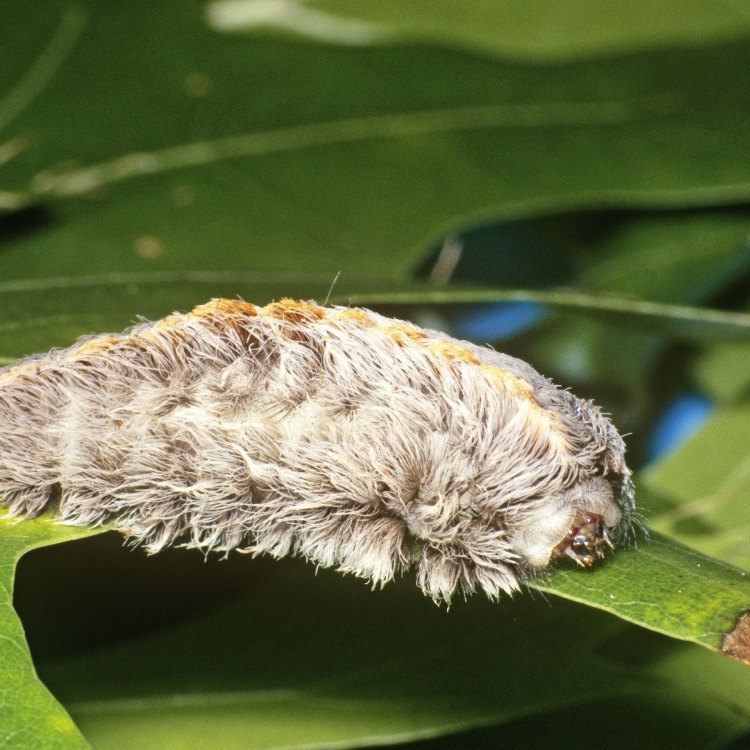
Southern Flannel Moth
- Adult Size: Small
- Average Lifespan: Unknown
- Reproduction: Sexual
- Reproductive Behavior: Males attract females through pheromones
- Sound or Call: No sound production
- Migration Pattern: Non-migratory
- Social Groups: Solitary
- Behavior: Nocturnal and hides during the day
- Threats: Predation by birds and other insects
- Conservation Status: Not evaluated
- Impact on Ecosystem: No significant impact
- Human Use: None
- Distinctive Features: Covered in dense, long, hair-like setae (fur-like appearance) that can cause severe reactions upon contact
- Interesting Facts: The larvae of the Southern Flannel Moth are often referred to as "puss caterpillars" due to their resemblance to small furry cats
- Predator: Birds, spiders, insects
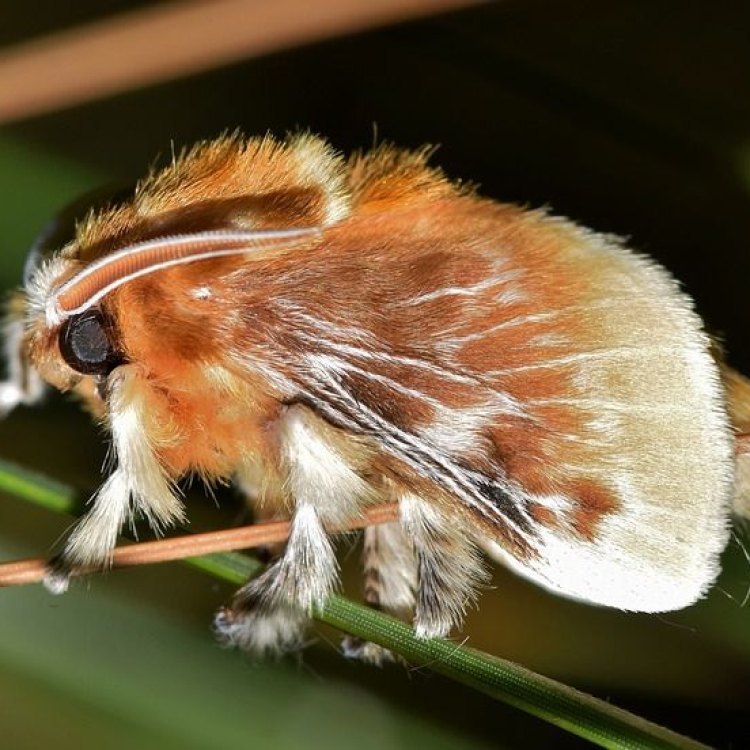
Megalopyge opercularis
The Furry and Unique Southern Flannel Moth: An Enigma of the Insect World
In the vast world of insects, there are countless species that leave us in awe with their unique and fascinating characteristics. One such insect is the Southern Flannel Moth, also known as the "puss caterpillar" due to its appearance as a small, fluffy cat. But don't let its cute name and furry exterior fool you, this moth has some fascinating features and behaviors that set it apart from other insects.Native to the southern parts of the United States, the Southern Flannel Moth belongs to the family Megalopygidae, also known as "flannel moths" or "asps PeaceOfAnimals.Com." They are primarily found in areas with plenty of trees and vegetation, as they feed on the leaves of many different plants. Let's take a closer look at this mysterious and unique insect.
Appearance and Size
The Southern Flannel Moth is a small insect, with an adult size ranging from 0.4 to 0.8 inches in length. They have a wide, oval-shaped body and a pair of small wings, with a wingspan of only around one inch. However, it's not their size that makes them stand out, but rather their appearance.This moth is covered in dense, long hair-like setae, giving it a furry appearance. These setae are a defining feature of the Southern Flannel Moth, and they are what give it its other common name, the "puss caterpillar Sea Snake." The setae are not only found on the moth's body, but also on its wings and legs, giving it a uniformed fuzzy look. These hairs are believed to provide insulation to the moth, protecting it from temperature changes and predators.
Behavior and Habitat
The Southern Flannel Moth is a solitary insect, often found living alone in the trees where it feeds on leaves. They are primarily nocturnal, spending their days hidden in the treetops and coming out at night to forage. This behavior helps protect them from predators, as they are small and vulnerable to larger birds and insects.Despite being a solitary insect, they do reproduce sexually, with males using pheromones to attract females. These pheromones are chemical signals released by the males to attract females for mating. The reproductive behavior of this moth is still relatively unknown, as little research has been done on this elusive insect.
Unlike many other species of moths and butterflies, the Southern Flannel Moth does not migrate. They are non-migratory, preferring to stay in their primary habitat of trees and vegetation. This behavior makes them easier to study and observe, but also means that they have limited interaction with other species.
Threats and Conservation Status
The Southern Flannel Moth faces threats from predation by birds and other insects, as well as habitat destruction due to deforestation. However, due to their small size and solitary nature, they are not considered to have a significant impact on their ecosystem. As a result, their conservation status has not been evaluated.In recent years, there has been a significant decrease in the population of Southern Flannel Moths due to the use of pesticides. These chemicals can harm not only the target insects but also non-target insects like the Southern Flannel Moth. Therefore, it is essential to educate people on the importance of not using harmful pesticides and preserving the environment for all species.
Unique Features and Interesting Facts
The Southern Flannel Moth's most distinctive feature is, without a doubt, its covers of dense, long, hair-like setae. These setae can be a variety of colors, including light brown, gray, and white. However, don't be fooled by their soft appearance, as their hairs contain a venomous substance that can cause severe reactions upon contact. If touched, the hairs can cause a burning sensation, rash, or even blisters in humans.Another interesting fact about the Southern Flannel Moth is its larvae, which are often referred to as "puss caterpillars." Like the adult moths, their larvae are covered in dense, long hairs, giving them the appearance of small, furry cats. However, these cute-looking caterpillars are also venomous, and their hairs can cause painful reactions upon contact, creating a defense mechanism against predators.
Predators
Despite their fuzzy appearance, the Southern Flannel Moth is not entirely immune to predators. Small birds, spiders, and other insects can still pose a threat to this moth. However, their hairy covering can act as a deterrent for predators, as it makes them unappealing to eat. If attacked, these moths can also use their venomous hairs to defend themselves.The Mystery of the Southern Flannel Moth Continues
Despite being a relatively common insect, the Southern Flannel Moth is still shrouded in mystery. Its average lifespan is still unknown, and questions about its reproductive behavior and unique characteristics remain unanswered. However, this only adds to the allure of this furry and enigmatic moth.As we continue to learn more about the Southern Flannel Moth and its behavior, it is essential to appreciate its distinct features and understand the impact of human actions on their population. So next time you see a small fuzzy insect in your backyard, take a closer look, and you might just have stumbled upon the rare and fascinating Southern Flannel Moth.
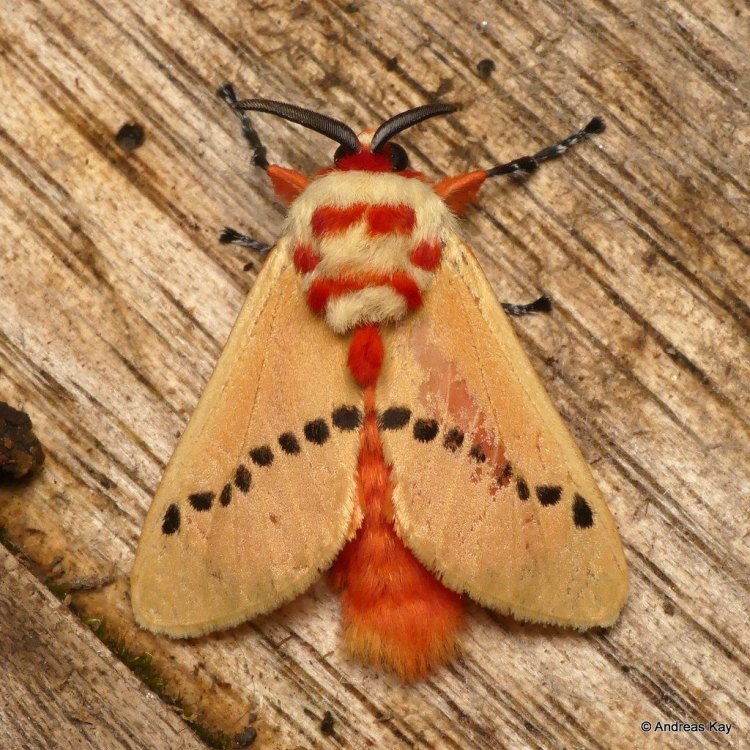
Southern Flannel Moth: The Surprisingly Deceptive and Dangerous Soft-Furred Beauty
Disclaimer: The content provided is for informational purposes only. We cannot guarantee the accuracy of the information on this page 100%. All information provided here may change without prior notice.




